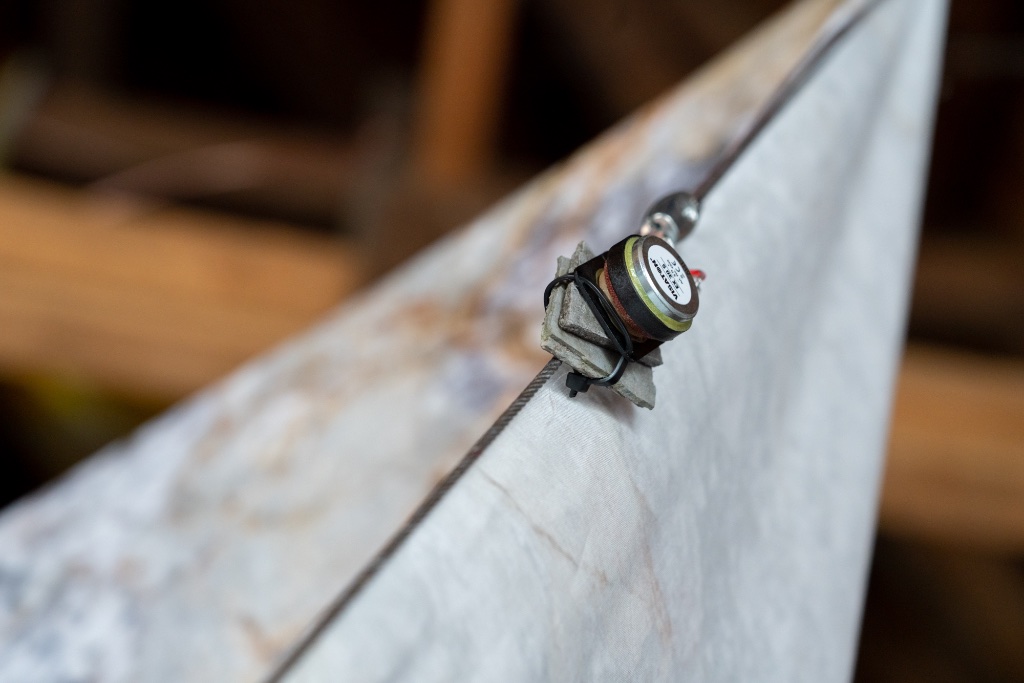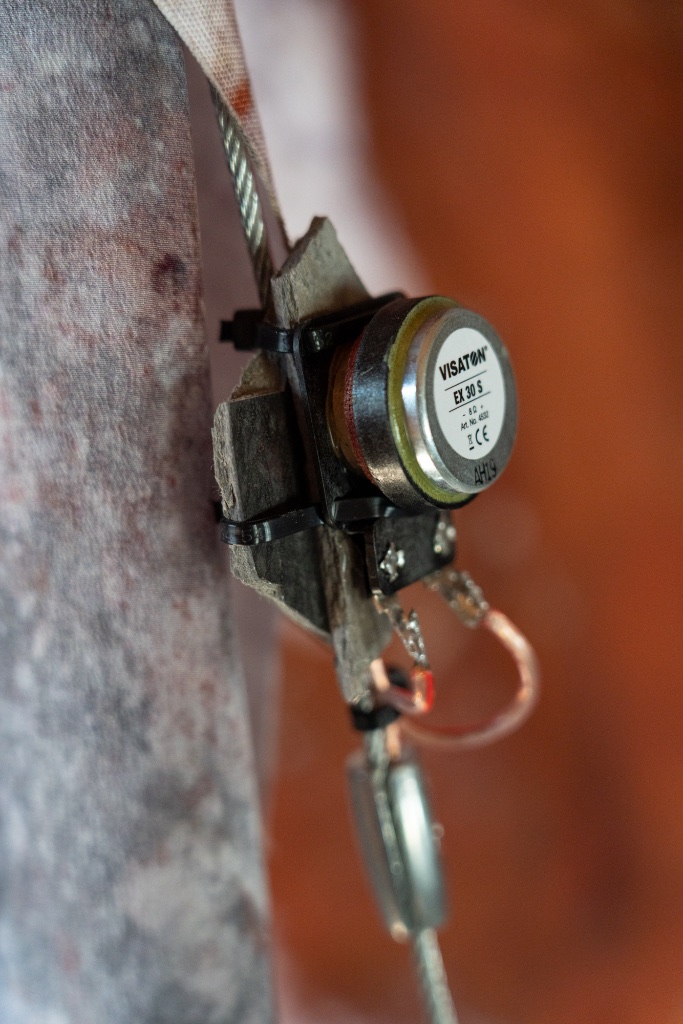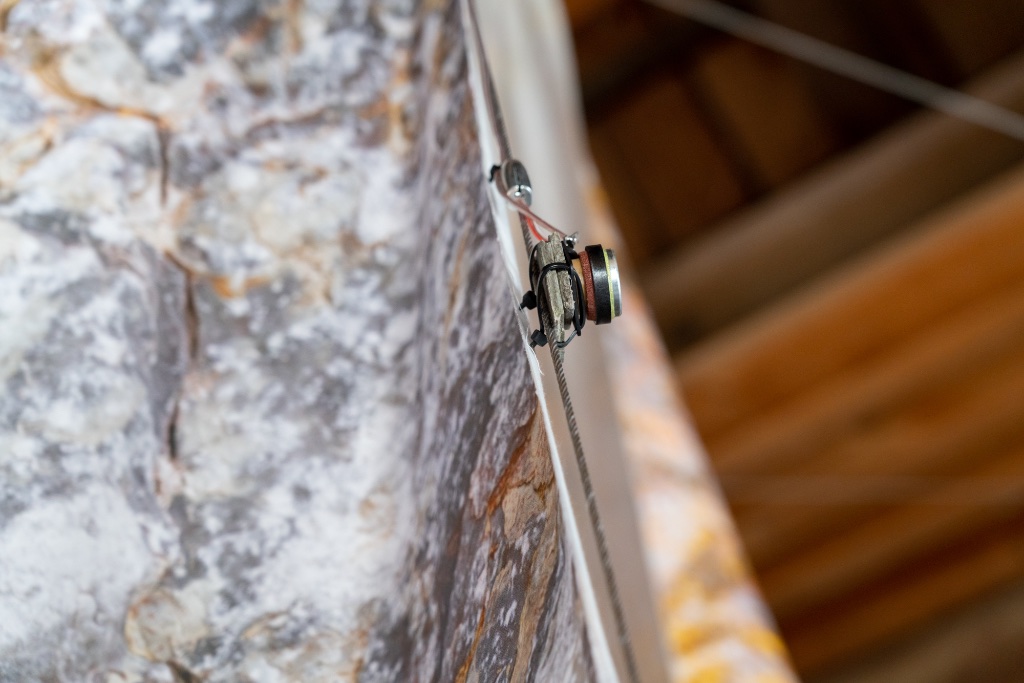Search Results for: thomas grill
rill – composition for ensemble and electronics by Adam McCartney and Thomas Grill
“rill”, englisch für “Rinne”, bezeichnet einen Abdruck im Boden, verursacht durch die Erosionswirkung eines weichen, fließenden Wasserstroms.
Die Komposition “rill” wurde im Rahmen des künstlerischen Forschungsprojekts “Rotting sounds” (FWF AR-445) entwickelt und thematisiert Prozesse binärer Erosion, die generell untrennbar mit digitaler Datenspeicherung verknüpft sind.
Eine digitale Reproduktion wird allgemein als perfekte Kopie des Originals angesehen. Dies ist in der Tat ein Irrglaube, denn digitale Geräte und digitale Speicher sind physikalischen Gesetzen unterworfen, so wie jedes andere materielle Medium. Degradation in digitalen Medien tritt auf der Bit-Ebene auf, also unterhalb der darauf basierenden symbolischen Ebene, in der Komponist/inn/en mit digital gesetzten Partituren oder Musiker/innen mit elektronischen Instrumenten ihre Kontrolle ausüben.
Sich aus diesen tiefliegenden Veränderungen ergebende Artefakte liegen typischerweise außerhalb des künstlerischen Konzepts und bringen ästhetische Brüche mit sich, können aber andererseits Impulse für neue Ideen geben.
Die Form des Stückes dient als Plan für zwei musikalische Elemente: Melodien im polymodalen Raum, sowie eine verzögerte Tremolo-Textur, um die “Ränder der Melodien zu verwischen”.
Grundlage für die Partitur ist eine Reihe von 12 kurzen Modulen, die einem harmonischen Schema folgen, basierend auf einem absteigenden Modus: c a#, a, g#, f#, f, eb, d.
Das Stück wurde mittels der textbasierten Notensatzsprache Lilypond formuliert. Diese Art der Repräsentation von Partituren bietet formalisierte Kontrolle über die Musik bzw. die Modellierung von musikalischen Ideen in abstrakter Form. Die in der Komposition verwendeten musikalischen Ideen erscheinen derart auf der untersten Repräsentationsebene als ein Strom von Bits.
Einfache digitale Erosionsprozesse in der Form stochastischer Bit-Flips wurden auf dieser Ebene angewendet, wodurch über die Zeit hunderte von Varianten des Stücks entstanden. Diese Manipulation der Notation ohne jegliche musikalisch informierte Absichten erzeugt Variationen außerhalb der üblichen Schemata.
Eine Analyse dieses Erosionseffekts zeigt jedoch, dass die Wirkungen nicht erratisch sind, sondern dass bestimmte Formelemente immer weiter verstärkt bzw. freigelegt werden – dem Abtragen durch ein stetiges Rinnsal nicht unähnlich.
Die fortschreitenden Erosionsvorgänge wirken sich auch auf die Leserlichkeit der Partitur aus: mehr und mehr Notationsfehler, also Unspielbarkeiten, entstehen und erfordern Korrekturen durch die Ausführenden. Deren Bestreben, idiomatische, also im musikalischen Kontext der Komposition passende Berichtigungen durchzuführen, wird erschwert, da ihnen bekannt ist, dass die Fehler durch vorsätzliche maschinelle Eingriffe entstanden sind.
Zuerst wird die ursprüngliche Komposition gespielt, darauf folgen zwei der erodierten Varianten des Originals.
Die rein elektroakustische vierte Variante bedient sich des interpretierten, instrumentalen Klangmaterials und “korrigiert” dieses wiederum – diesmal aus der Perspektive des Erosionsalgorithmus, in dem ihm eigenen Idiom.
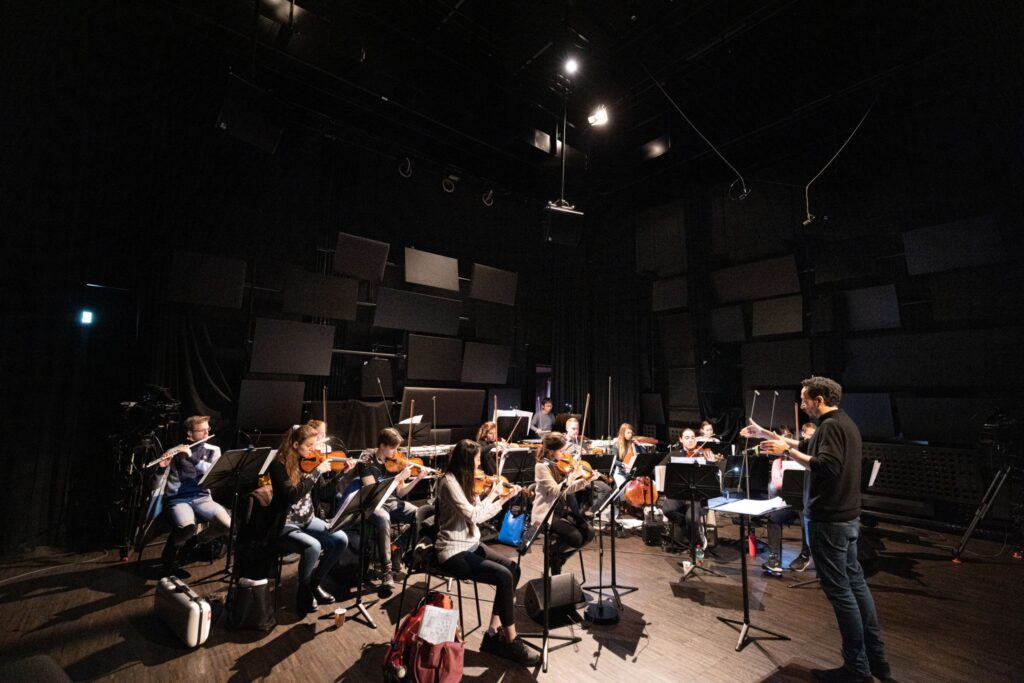
Video of the premiere at mdw Klangtheater as part of the festival Wien Modern, November 12, 2021
Fragments of Rotting Sounds
This is the final chapter of Rotting Sounds, subject to inevitable erosion. Its paper is an amalgam of research data and material residuals.
Our book Fragments of Rotting Sounds appears in paper at Mark Pezinger Publishing (edition of 20) and also as a digital version (infinite edition) anchored at the Research Catalogue.
With texts by Burkhard Stangl, Thomas Grill, Till Bovermann and Almut Schilling.
Book design and production by Astrid Seme. Printing by Simsa.
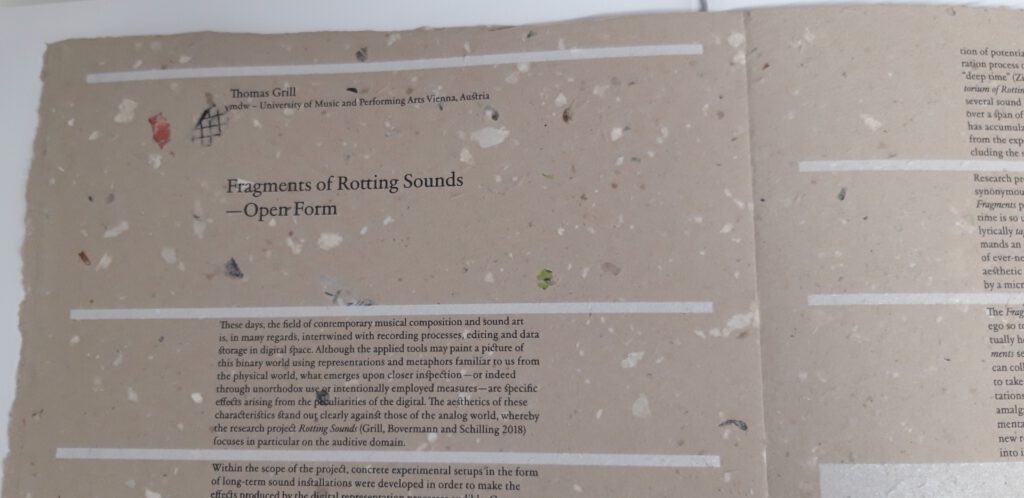
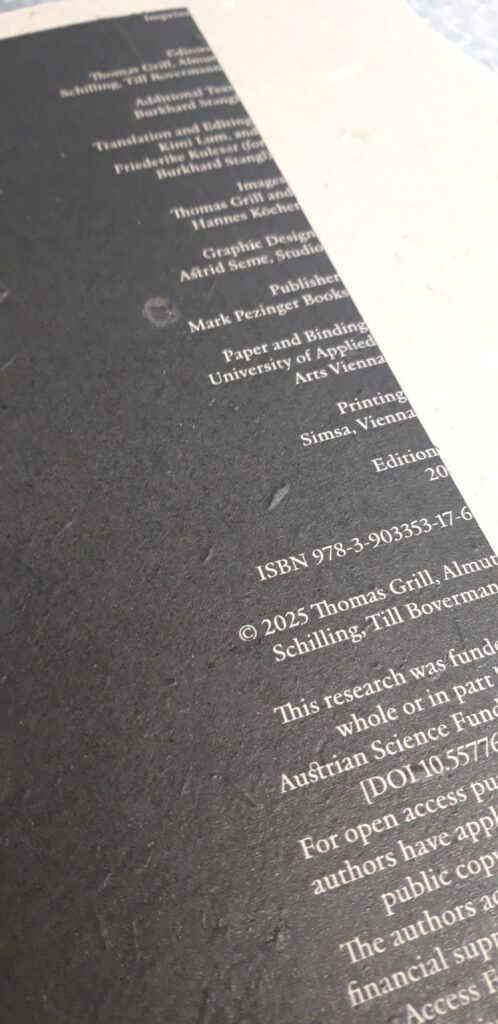
Article “Artistic Research Practice in Experimental Sound Art” in Zeitschrift der Gesellschaft für Musiktheorie 19/2
Bovermann, Till / Thomas Grill / Almut Schilling (2022), »Rotting Sounds. Artistic Research Practice in Experimental Sound Art«, Zeitschrift der Gesellschaft für Musiktheorie 19/2.
The majority of today’s media is produced in the digital domain. Although digital data are adorned by a myth of perfection, everyday experience does provide evidence for the existence of degradation and, ultimately, data loss in various forms. The multi-year artistic research project Rotting Sounds has investigated the causes, mechanisms, and effects of such deterioration, specifically in the context of digital audio. This report gives a condensed account of some of the theoretical foundations and methodical approaches chosen. The digital-analog interface, information encoding, as well as the deep time perspective are specifically highlighted. We present a number of artistic works that have been developed as experimental systems to co-generate questions and finally lead to various conclusions. These concern the controllability of such experiments and the interrelationships between (sound) information and its environment. The term of digital patina was introduced to characterize observed aesthetics in permanent transformation and to open up a new perspective on the existence of the digital in a material context.
https://doi.org/10.31751/1174
APA science article on Rotting sounds project
Mario Wasserfaller of APA has interviewed Thomas Grill prior to the Symposium of Rotting Sounds about the background, methods and results of the project.
See https://science.apa.at/mehrzumthema/neues-leben-fuer-untote-klaenge (in German)
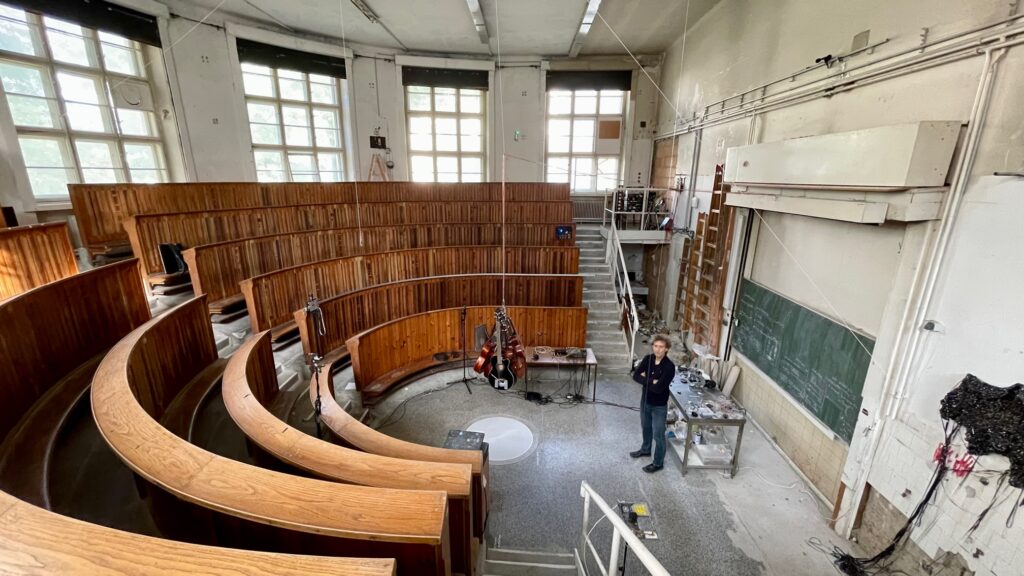
Rotting sounds symposium, September 23+24
Since 2018, the project of artistic research Rotting sounds – Embracing the temporal deterioration of digital audio has been researching transformation processes pertaining to the diverse interrelations of digitally encoded information in the audio domain, its material properties and (human) interpretation within a sociocultural context. This symposium provided a room for reflection on the acquired experiences in the course of the project, to bring in external viewpoints on the relevant topics and stimulate outlooks beyond the limits of current research.
Rotting sounds is a cooperation between the University of Music and Performing Arts Vienna, the University of Applied Arts Vienna and the Academy of Fine Arts Vienna and is funded by the Austria science fund (FWF project AR445).
mdw – University of Music and Performing Arts Vienna
Anton-von-Webern Platz 1
1030 Wien, Austria
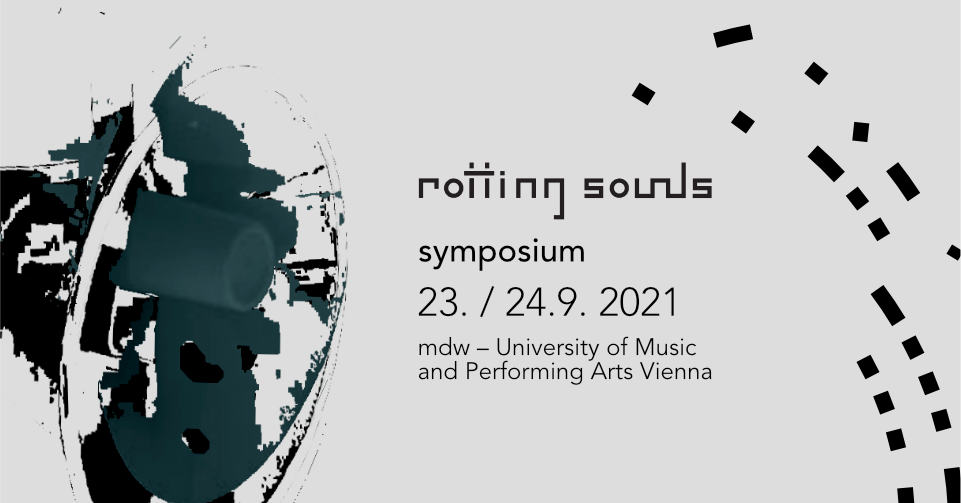
Thursday, September 23rd, 19:00-22:00
@ Klangtheater (Building V, Future Art Lab, mdw campus)
LIVE PERFORMANCES:
19:00 Till Bovermann, Dario Sanfilippo, Martin Howse, Kathrin Hunze
20:15 Castelló/Noetinger
21:00 Jasmine Guffond
Friday, September 24th, 10:00-18:00
@ Klangtheater (Building V, Future Art Lab, mdw campus)
KEYNOTES and TALKS:
10:00 Keynote by Martin Kunze
11:00 Introduction to the Rotting Sounds project by Thomas Grill, Almut Schilling and Till Bovermann
12:15 Presentation by Martin Howse
12:45 Presentation by Julian Rohrhuber (online)
13:15 — break —
14:15 Keynote by Carolin Bohlmann
15:15 Presentation by Jasmine Guffond
15:45 Presentation by Rosa Menkman (online)
16:30 Panel Discussion with Carolin Bohlmann, Angélica Castelló, Martin Howse, Martin Kunze and Almut Schilling
Friday, September 24th, 19:30-22:00
@ Klangtheater (Building V, Future Art Lab, mdw campus)
The Auditorium of Rotting Sounds can be visited through guided tours.
LIVE PERFORMANCES:
19:30 Mario de Vega
20:15 Tobias Leibetseder / Georg Zichy
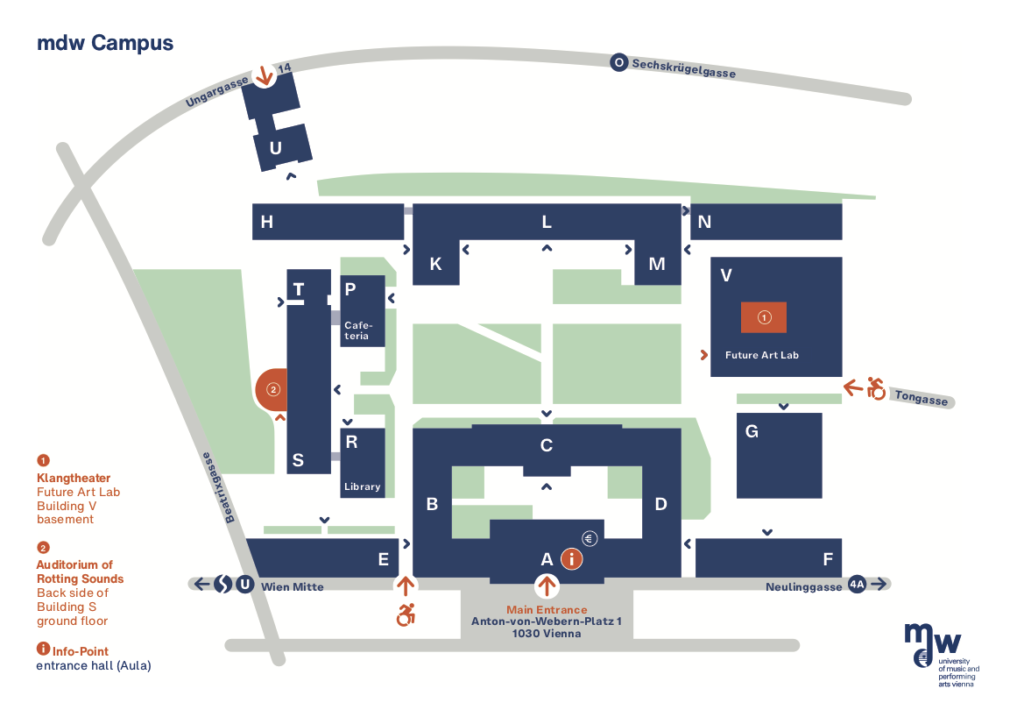
Partners:
FWF Der Wissenschaftsfonds
mdw – Universität für Musik und darstellende Kunst Wien
Universität für angewandte Kunst Wien
Akademie der bildenden Künste Wien
co-curated and produced by sound:frame

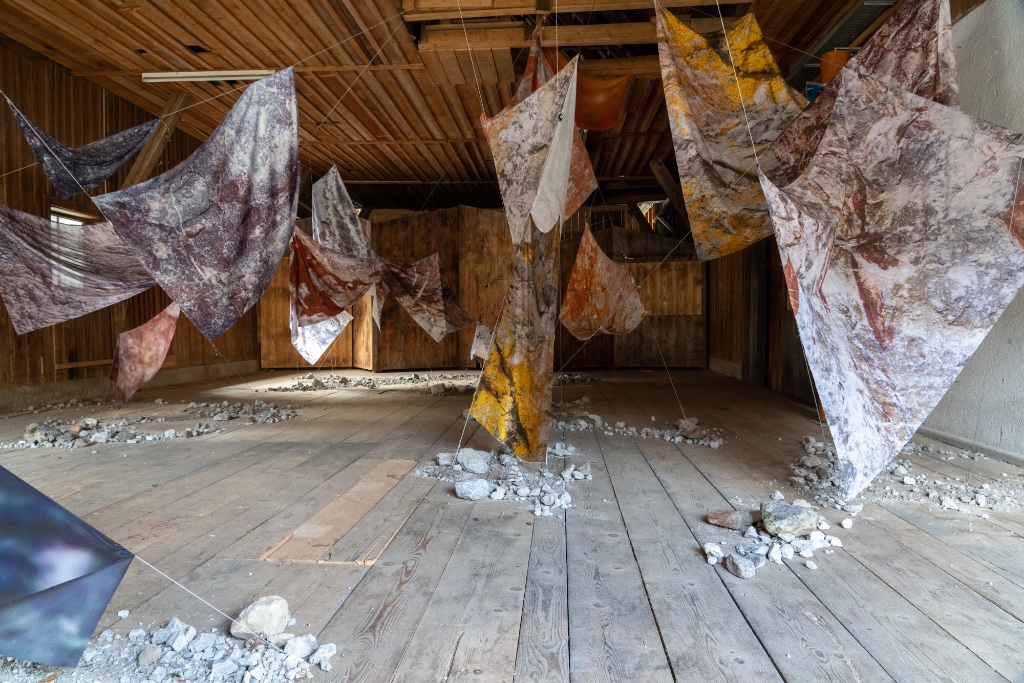
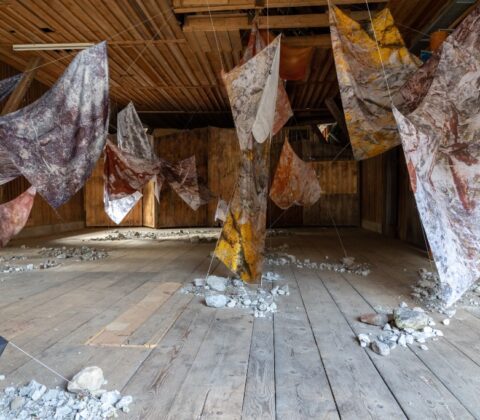
Rieseln @ National Park Gesäuse
Exhibition Alte Säge Gstatterboden 2021
Nicole Krenn, Lisa Truttmann, Thomas Grill
Manchmal, auf dem Weg, trifft es aus der Nähe auf das Ohr, unvermittelt, und mit der Kopfbewegung auf das Auge. Eine helle, leichte Bewegung der kleinsten Bestandteile. An Kanten und Flächen, über Formen und Texturen sammeln sich diese Winzigkeiten zu einer beständigen Strömung.
Sometimes, along the way, the ear is hit up close, suddenly, and then also the eye with a movement of the head. A bright, slight movement of the smallest components. On edges and surfaces, over shapes and textures, these tiny things gather to form a constant flow.
This year’s exhibition in the Alte Säge in Gstatterboden is designed by Thomas Grill, Nicole Krenn and Lisa Truttmann. Under the exhibition title “Rieseln” they deal with the forms of erosion that are omnipresent in the national park in a variety of ways. The artists have examined the temporal process of erosion as well as the visual and acoustic phenomena and elaborated them through the media. The architecture of the Alte Säge in Gstatterboden is directly integrated as the environment for these topics. An installation spans a permeable, walk-in room, flowing from ceiling to floor, in which photography and sound are used on various materials – from fine silk to coarse linen, arranged on steel threads. In terms of content and form, these materials connect the exhibition space itself and the thematic landscape of the national park. Detailed recordings in sound and image serve as a reference and source material. These fragments form contrasts between geometric and soft, rigid and flowing, in sound between naturalistic and synthetic – the installation becomes a tangible, lively landscape.
The auditory component consists of 3 vertically stacked layers: From the semi-open attic of the hall, a synthetically generated wind flow can be perceived, swelling and calming with the intensity of the sun’s irradition. Below the wooden floor, a subtle water trickle reminds of the presence of small streams all over the national park. In between those two layers, the space is traversed by an airy arrangement of steel wires, supporting the large textile surfaces and also bearing a total of 12 sound emitters. These are acoustic transducers mounted on small pieces of slate, producing ever changing patterns of tiny clicks, flowing from far overhead to below the floor. Occuring only once in a while, on a very subtle loudness level, the trickling movements provide moments of irritation within the exhibitions’s overall flow of textures and sounds.
Opening times:
May 01–15: Fri–Sun, 10–18h
May 19 through October 31: Tue–Sun (Mon closed), 10-18h
Free admission
Alte Säge Gstatterboden
gegenüber Nationalpark Pavillon
Gstatterboden 25
8913 Gstatterboden
+43 664 8252313
Digital Patina [a CARE-ful excavation]
Presentation for the 2021 SAR artistic research conference
Voicings of an auralist – a series of transmissions from an unknown source
A unique artifact was found in the Auer-Welsbach-Park in Vienna that was soon discovered to be a manifestation of information left behind by who could be called an “extra-human ethnologist”.
This feature portraits the excavation and restoration processes as well as what has been extracted as the content of the discovered message, telling the story of how a sonically focused being may perceive and comment on our visually dominated world.
Till Bovermann: concept, auralist text, auralist source material
Almut Schilling: concept, forensics text, material excavation
Thomas Grill: concept, analysis
Tobias Leibetseder: concept, production, mixing
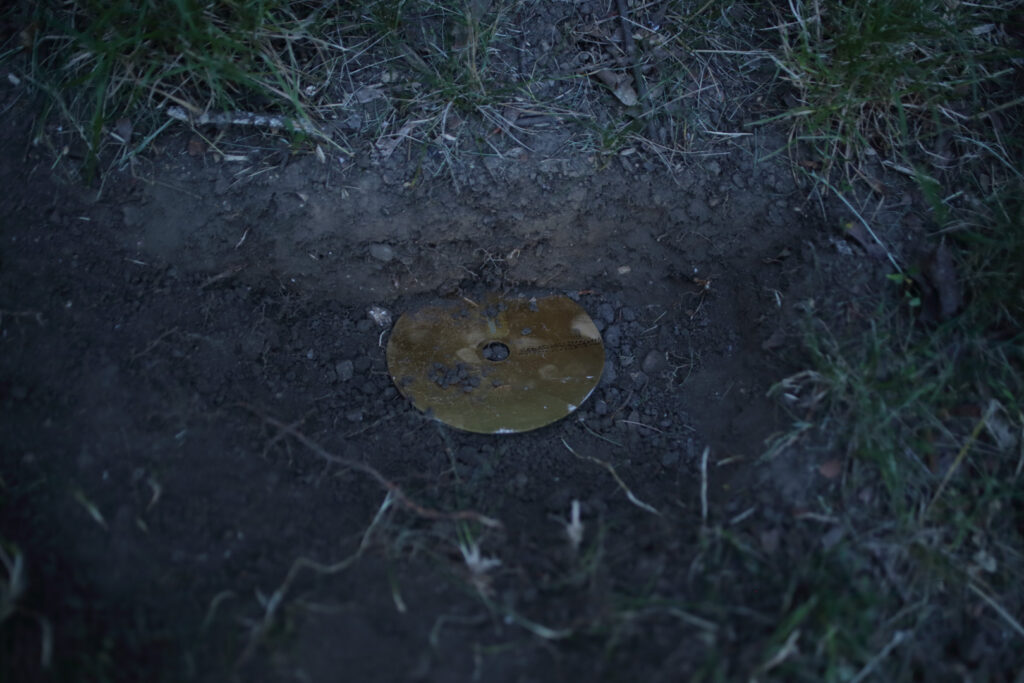
Presentations:
March 16, 16:15 CET (online) as a chapter of the new book
Knowing in Performing. Artistic Research in Music and the Performing Arts
Presentation event: https://www.mdw.ac.at/veranstaltung/?v=2616934
Registration: knowinginperforming@mdw.ac.at
Book chapter: https://doi.org/10.14361/9783839452875-008
March 21 23:00 CET, as a radio feature in ORF Ö1 Kunstradio:
Live and 7 days streaming service: https://oe1.orf.at/programm/20210321/631453/Die-Vergaenglichkeit-von-digitalem-Klang
Kunstradio (with MP3 download): http://kunstradio.at/2021A/21_03_21en.html
Please tune in, using your radio or via stream
Re_Mole_10, October 26, Reaktor
(S)Low Frequency Orchestra together with Wolfgang Mitterer and Jérôme Noetinger
REAKTOR, Geblergasse 40, 1170 Wien, Austria
26.10.2020, 19:30
Zehn Jahre zu spät feiern wir die Veröffentlichung unseres Albums “Mole” und unterziehen es dabei einer Neubetrachtung.
“Mole” ist aus einer improvisatorischen “Kollision” hervorgegangen, einem ungeprobten und dennoch bühnenöffentlichen Aufeinandertreffen des Low Frequency Orchestra mit Wolfgang Mitterer. Über die Jahre seither blieben manche Eindrücke und Klänge in Erinnerung, vieles wurde vergessen, weiterentwickelt, abgerieben. Im REAKTOR nehmen wir den Faden wieder auf. Wieder wird die Aufführung als Kollision angelegt sein, mit einem weiteren Akteur, dem Tape-Künstler Jérôme Noetinger.
Das Neue ist auch immer ein Produkt des Alten.
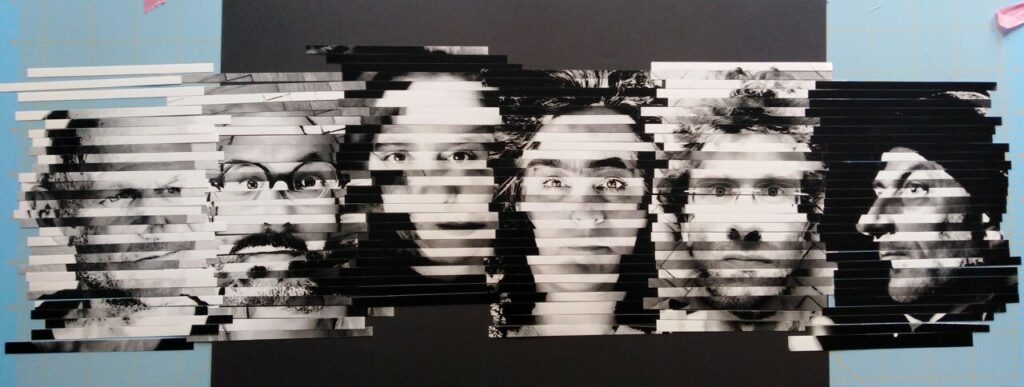
A cooperation between SKE, REAKTOR and Rotting sounds.
Low Frequency Orchestra
Angélica Castelló — Paetzold, tapes, radios
Maja Osojnik — Voice, Paetzold, electronics
Matija Schellander — Kontrabass
Thomas Grill — Electronics
+
Wolfgang Mitterer — Electronics
Jérôme Noetinger — Revox, tapes, electronics
Panel discussion, musikprotokoll 2020 festival
Thomas Grill was invited to take part in a panel discussion together with Reni Hofmüller, Christina Kubisch and Fränk Zimmer, presented by Susanna Niedermayr (ORF Ö1 Zeit-Ton) and hosted by esc medien kunst labor. The festival theme “Hidden sounds” was illuminated from different directions, in our case in the context of the rotting sounds project and the acousmatic composition noise shaping Thomas has presented at the festival the day before.

